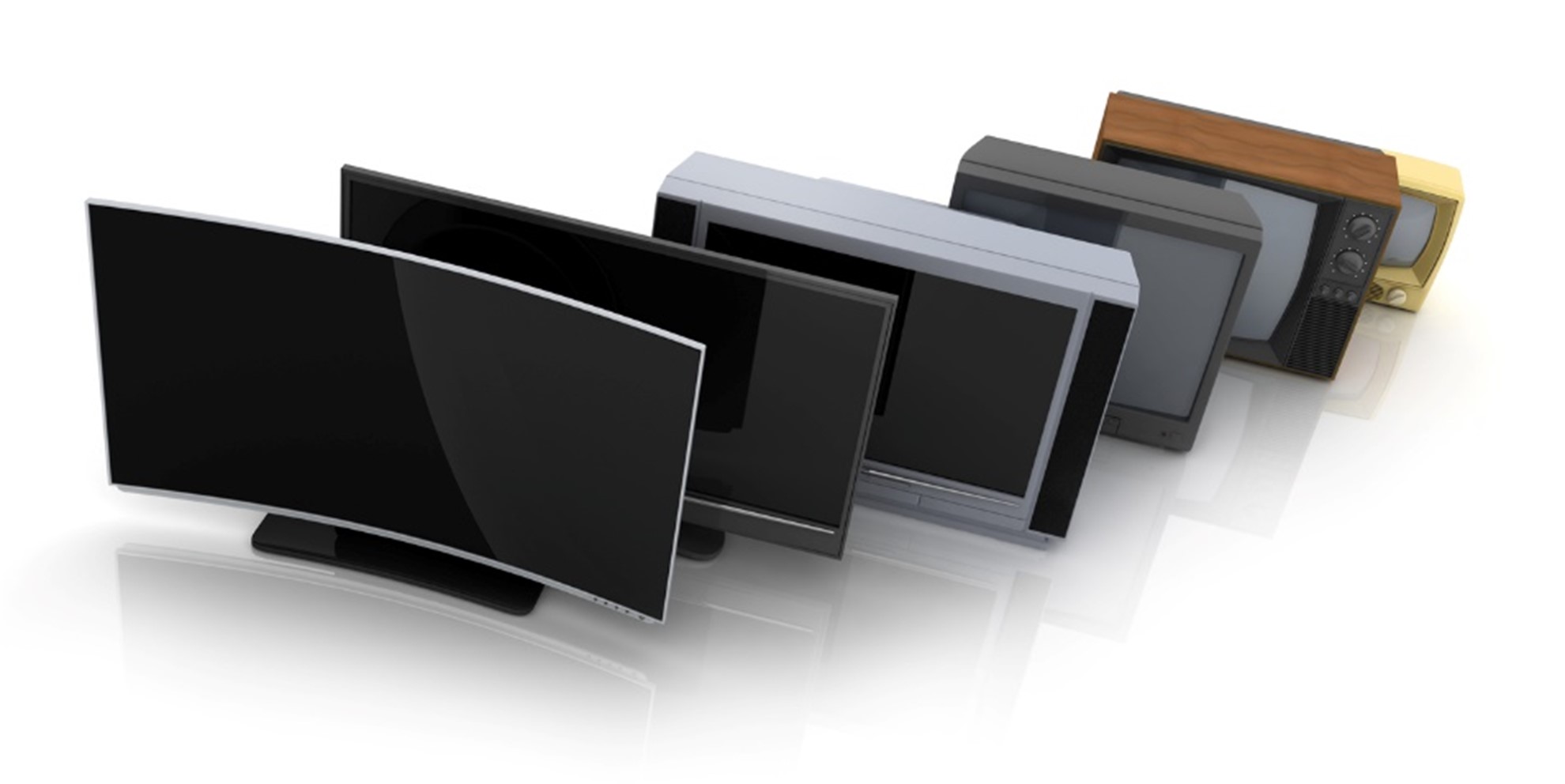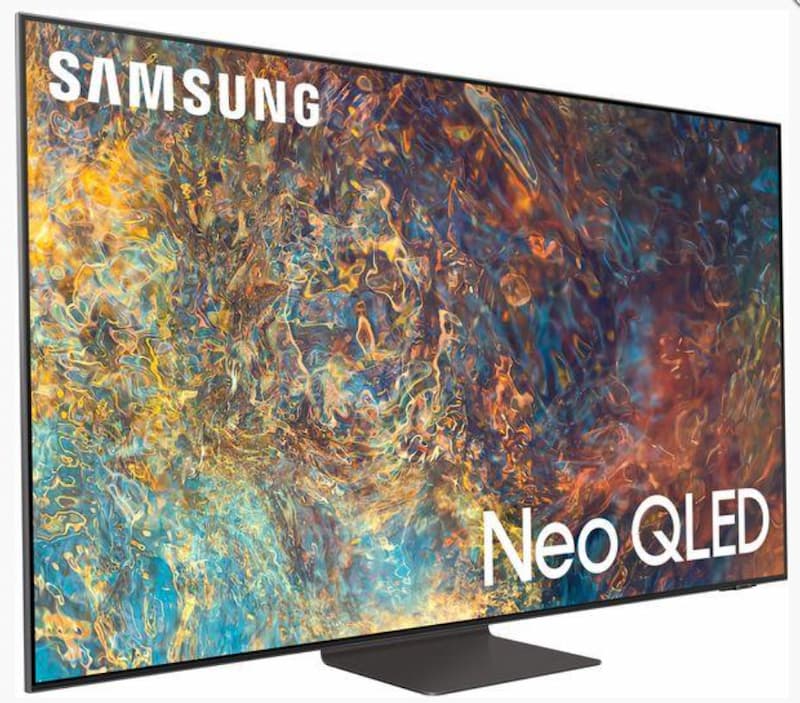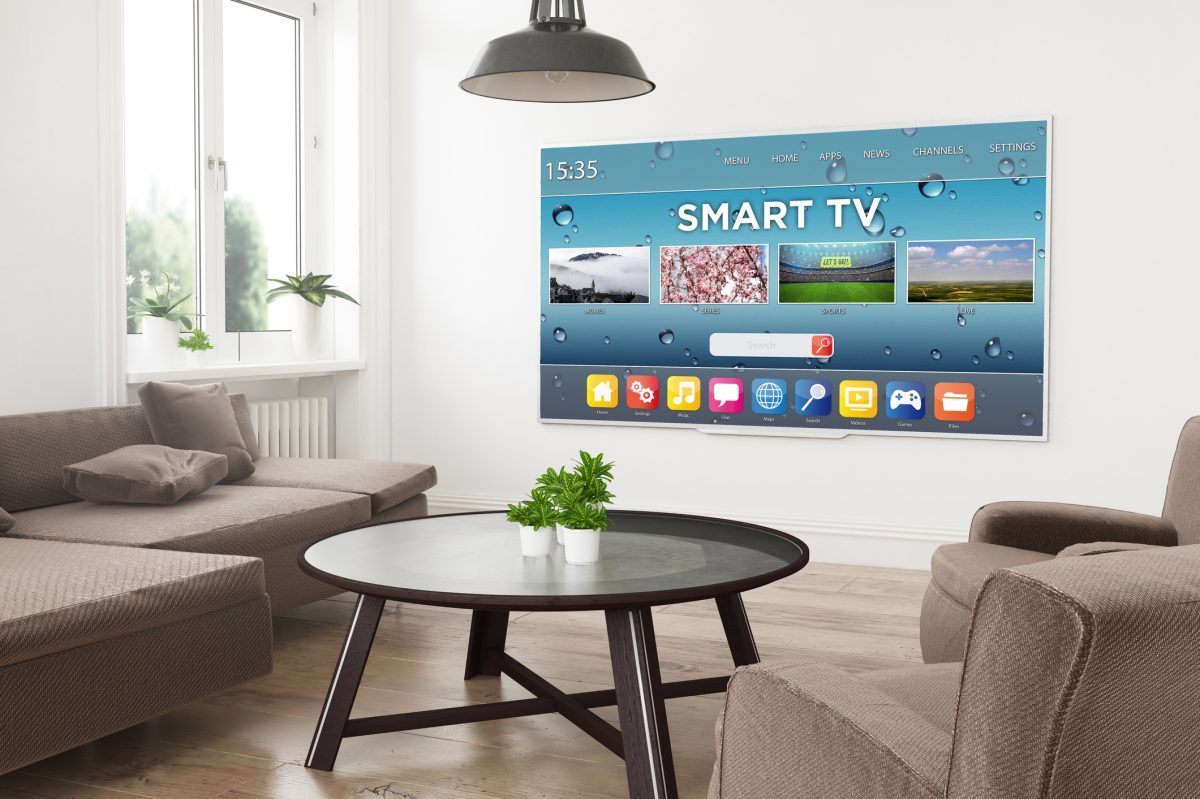Television technology is always forward looking, but often takes a while to get from the flashy launch at trade shows to your front room. This is understandable, with long development times it can be expensive to get new technology and is often easier to get once it is more widespread and cheaper.
Over the next couple of blogs we will run through the advances which will be changing your viewing habits and the effects they will have – be it easily visible or not.
Let’s start with the television itself; how will the future you be watching television?
Last year the majority of the focus within the television industry went with the advancement of OLED (Organic Light-Emitting Diode) and Ultra HD sets – as mentioned here. A couple were released, but with limited models available, staggering price tags and minimal usable content, they didn’t really take off. This year, the increased competition between manufacturers of high end and cheap TVs, and advancements in technology will let more people get the screens for cheaper, but they will still have fairly specialist appeal.
Aside from the price, the main issue with Ultra HD (or 4K) is the lack of content. Many people have changed over to HD television sets, but is it far from being standard, so the introduction of another level may annoy those who thought they had the most up to date products. Of course, when HD ready televisions were introduced, people snapped them up fairly quickly, which will undoubtedly happen with the next generation of televisions.
In short, keep on top of the technology as it comes out, and if you don’t mind a wait, it will become affordable and relevant before you know it!







